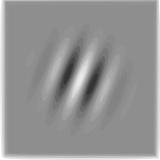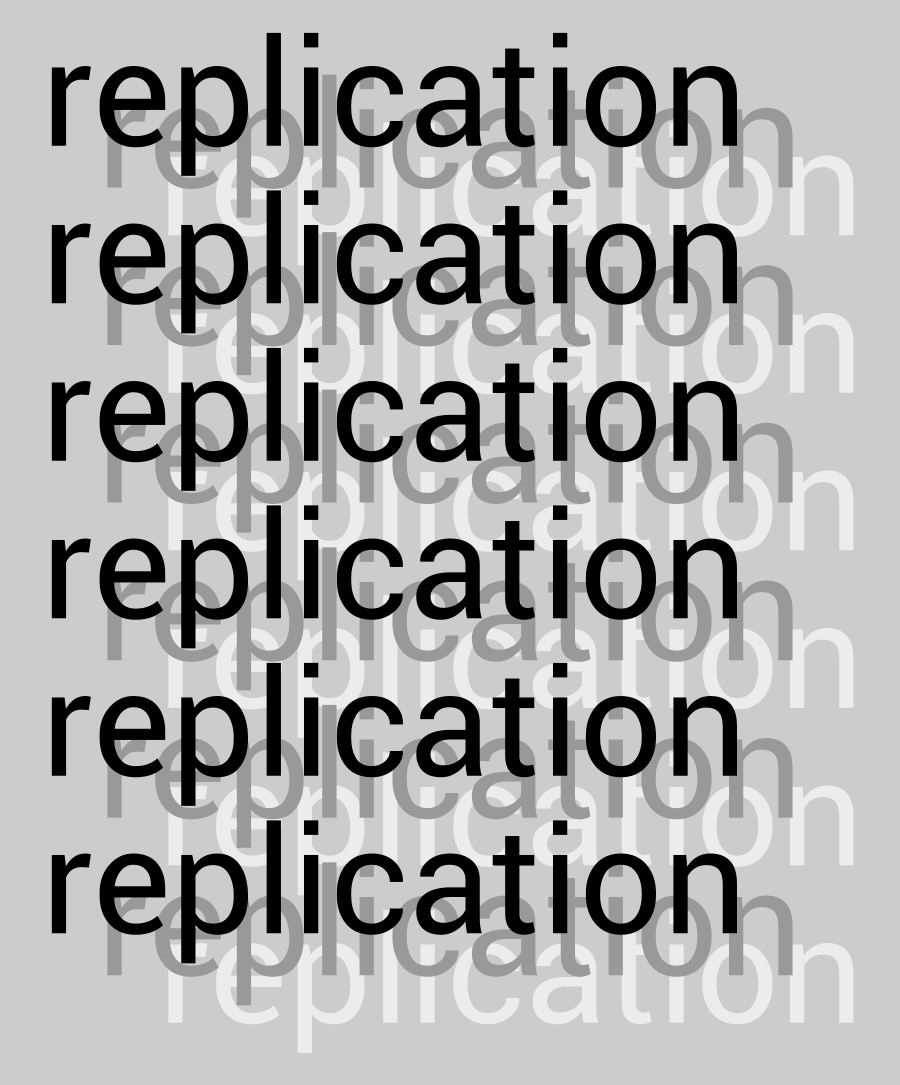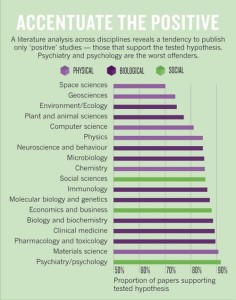People often acknowledge perceiving time differently across various situations. Common expressions acknowledge some of these experiences. “A watched pot never boils,” reflects upon time slowing down due to anticipation or perhaps increased attentiveness. “Time flies when you are having fun,” reveals the common experience of time speeding up during relaxed and entertaining activities.
But does time perception actually change across different experiences, or do people simply recall these experiences differently? Previous studies have examined how people perceive time across various experiences. Mostly, research has focused on perceived time duration during life-threatening situations; specifically the feeling that time slows to a near halt when a person experiences a perceived threat (Droit-Volet, Brunot, and Niedenthal, 2004)[1].
A new study focused on a divergent experience, attraction. Joana Arantes, a psychologist at the University of Canterbury, looked at the popular belief of “time seem[ing] to slow down, or stop, when [a person] falls in love at first sight.” The idiom, common in film and fiction, may provide an evolutionary advantage for reproduction by creating a more intense recall of an attractive individuals, representing reproductive fitness—or perhaps the experience might provide the observer with more information from which to make a decision.
TIME DURATION AND LOVE AT FIRST SIGHT
The Scalar Expectancy Theory[2] is the leading explanation accommodating for the difference between perceived and actual time. Scalar timing bases perceptions of time on internal mechanisms, a pacemaker-accumulator system. When a person is aroused, such as in life-threatening situations, time seems to slow down because the pacemaker rate increases due to increased awareness and assessment of environmental stimuli. Dr. Arantes believes the timing system may have evolved to enhance reproductive success, and not just to prepare an individual for defensive actions. Her study specifically looked at how women estimate time after viewing an attractive man.
The study included twenty-seven female participants. During the experiment, participants were presented with five stimuli. The first four stimuli were considered neutral stimuli, a picture of Gabor discs. Each participant was expected to reproduce the duration of the fifth stimulus, during two two blocks of a 105 trials. In one block, the fifth stimulus could either be another neutral stimulus, a picture of an attractive male, a picture of an unattractive male. In the other block, the fifth stimulus could either be neutral, a picture of an attractive female, or a picture of an unattractive female. Time duration estimates were measured across the three different conditions for each block. There were seven different stimulus durations, and each condition was measured five times for each duration.
This study seems to confirm the idea that time slows down “with love at first sight.” The perceived time duration significantly increased when the participants were presented with an attractive male stimulus, over all other conditions. The differences between female photos varied only slightly, but did show an overall increased duration over the neutral stimulus
QUESTIONS
Dr. Arantes suggests that reproductive fitness, represented by a photo of an attractive member of the opposite sex, increases arousal, and therefore perceived time. While the methodology presents a strong case for Dr. Arantes’s results, several questions.
- It is unclear whether the participants found the pictures attractive or unattractive. The pictures were taken from internet sources and rated by 8 female raters. Attractive photos were of models and actors, while unattractive photos were taken from blogs and non-professional websites. Other (biometric?) measures might determine variations of attractiveness, such as observed pupil dilation, or other somatic responses.[3]
- The study does not clearly relate attractiveness to mate selection, or how it might differ between genders.
- Will the effects replicate with male participants?
- What about persons with different sexual orientations? If they experience a similar effect with same-sex individuals, does this alter the idea that arousal and time duration relates to reproductive strengths?
- How do increased time durations affect reproductive selection?
Dr. Arantes presents a strong, well-constructed case for her theories, but further evidence is needed to determine just how and why (or if) time perception influences “love at first sight.” She has received significant funding to follow up on her initial findings[4]. This funding will hopefully provide Dr. Arantes the opportunity to expand her original research and explore some of the questions propagated by the original study.
[1] Droit-Volet, S., Brunot, S., & Niedenthal, P. M. (2004). Perception of duration of emotional events. Cognition and Emotion, 18, 849.
[2] Scalar Expectancy Theory http://en.wikipedia.org/wiki/Scalar_expectancy
[3] Hamann, S., Herman, R. A., Nolan, C. L., & Wallen, K. (2004). Men and women differe in amygdala response to visual sexual stimuli. Nature Neuroscience, 7(1), 411.
[4] Scoop Media (2013, November 3) UC psychology expoert studying origins of attraction. Scoop Independent News. Retrieved from http://www.scoop.co.nz/stories/ED1311/S00019/uc-psychology-expert-studying-origins-of-attraction.htm
 Send to Kindle
Send to Kindle


